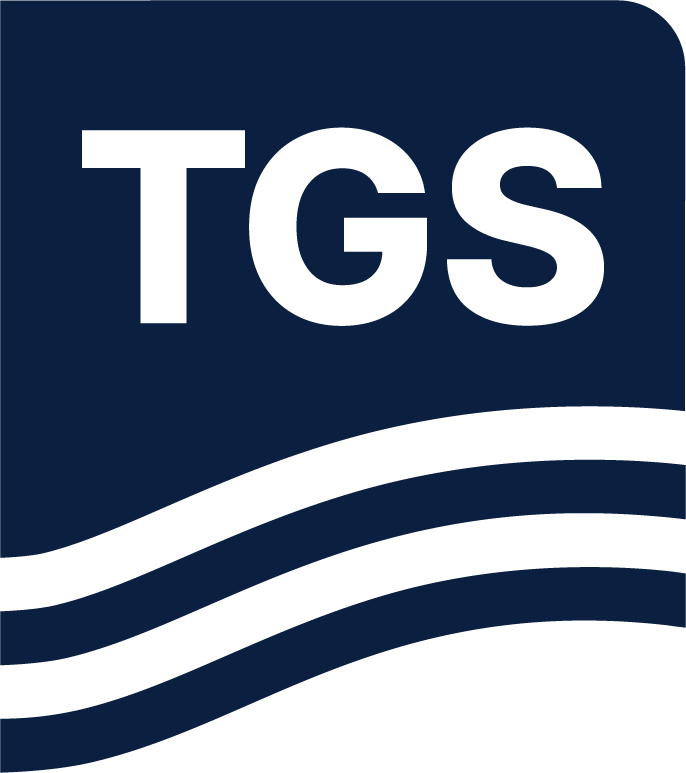First Published: First Break, May 2025 (Global Exploration), by Mark Hamilton, TGS
Introduction
There has been a rush of exploration activity in Egypt this year with two high-impact Nile delta wells completed before the end of February and substantial 3D acquisition in 2024 meaning the western delta will be almost entirely covered in 3D seismic data once processing is finalized. In the last decade, the Eastern Mediterranean has emerged as a key region for hydrocarbon exploration, with Egypt playing a leading role due to its well-developed infrastructure and strategic location. Egypt has been at the forefront in terms of exploration and production, with development in Egypt’s Mediterranean beginning in the 1970s (Abu Madi – El Qara field, 1975) leading to extensive well-developed infrastructure, network of pipelines, oil refineries and gas processing plants, including LNG facilities. This makes Egypt an ideal hub in the Eastern Mediterranean and adds to its reputation as an exploration hotspot.
The Nile Delta Basin can be regarded as a mature hydrocarbon province, although new plays continue to rejuvenate the region (Lottaroli and Meciani, 2022). Exploration drilling began
onshore in the 1950s, with initial discoveries being made in the 1960s. The Nile Delta Basin is largely a gas and condensate province, with shallower Plio-Pleistocene-aged clastic reservoirs
typically yielding drier gas and deeper Oligo-Miocene-aged clastics reservoirs containing more condensate and some liquids.
The deeper-water regions and stratigraphically deeper reservoirs have only been targeted in more recent decades as the continued technology advancements allow. This includes discoveries in the Levantine Basin (including in Israel and Cyprus), where significant gas volumes have been found in pre-Messinian clastic reservoirs (e.g. Leviathan), as well as within pre-Messinian carbonate buildup structures (e.g. Zohr).
 Overview of structural elements and geological domains, modified after Baer et al. (2017). EWMS includes the western part of the Nile Delta Cone, the Herodotus Basin, the southeastern part of the Mediterranean Ridge, as well as the offshore extension of the onshore Western Desert Basin (shelf, transform margin and canyon systems). Also included are locations of some of the exploration wells referenced.
Overview of structural elements and geological domains, modified after Baer et al. (2017). EWMS includes the western part of the Nile Delta Cone, the Herodotus Basin, the southeastern part of the Mediterranean Ridge, as well as the offshore extension of the onshore Western Desert Basin (shelf, transform margin and canyon systems). Also included are locations of some of the exploration wells referenced.
The northern onshore Western Desert Basins in Egypt are Mesozoic-to-Tertiary rift systems, and are very mature in terms of exploration, with the first discoveries made in the mid-1960s (Alamein 1, 1966). There are source intervals at multiple levels, with reservoirs present throughout the Jurassic to Lower Cretaceous succession. This northern Western Desert Basin extends into the offshore region and has not been extensively tested in this domain. The 1976 Sidi Barrani 1 well is one of the few offshore shelf tests, which targeted Cenomanian clastics, the Alamein Dolomite and possible reefal and clastic developments within the Lower Cretaceous and Jurassic sections. The well encountered oil staining in the Cretaceous and Jurassic, as well as fair reservoir quality in both the Barremian-aged Sidi Barrani Formation and Jurassic Khatatba Formation sands. It is thought to have failed due to the trap not being well defined on 2D seismic data a risk that should be mitigated in areas with recent 3D seismic acquisition.
Read the full article here.

